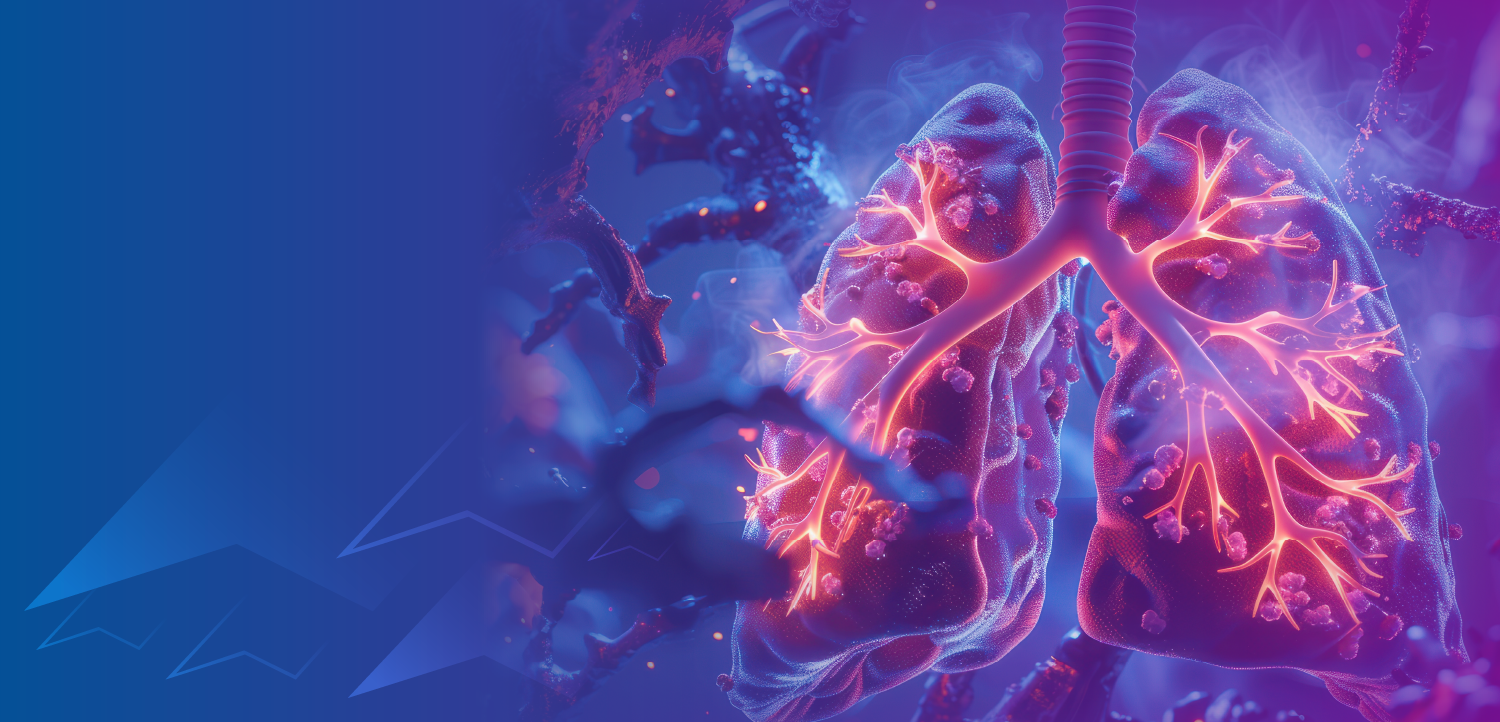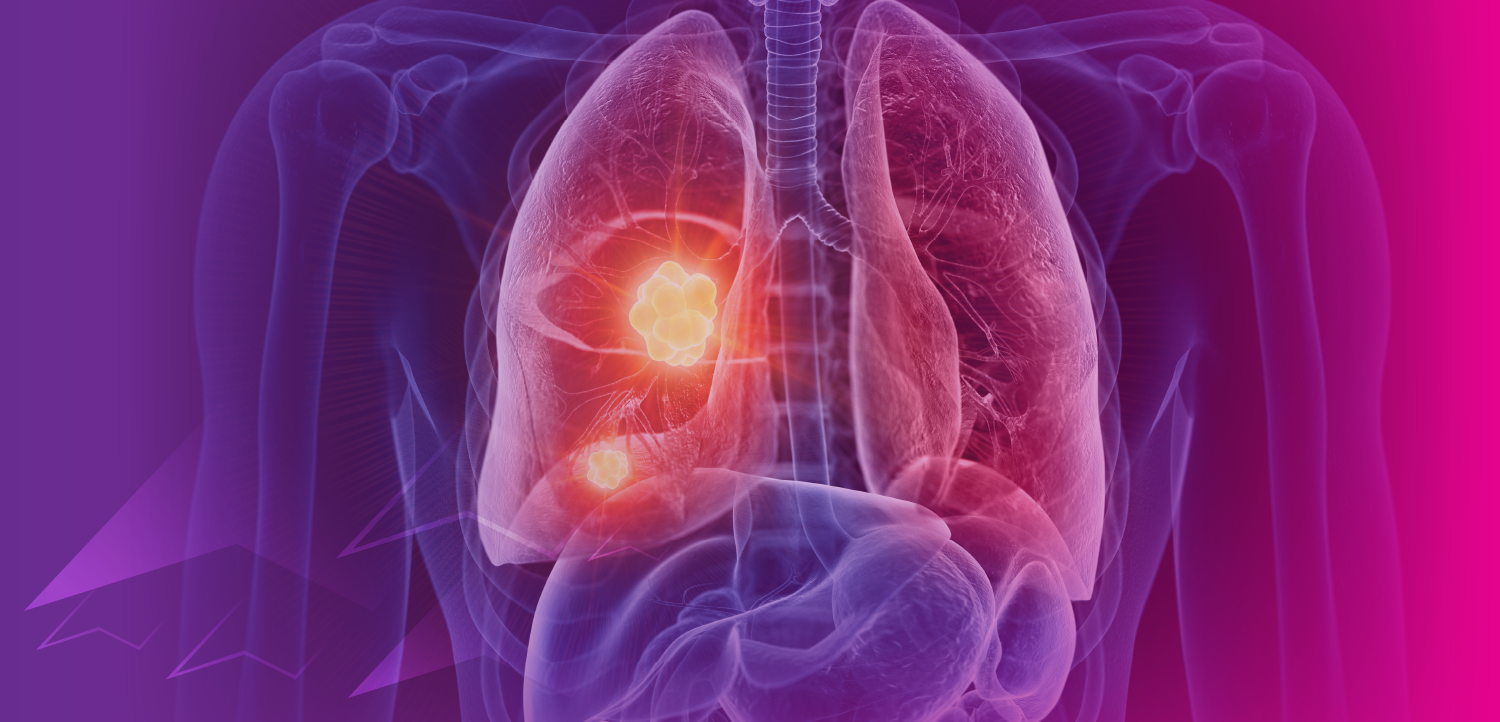Report from AMI: Animal research links high-fat diet with learning disorders
McDonald’s, with its fatty burgers and fries, may some day be blamed for declining academic achievement test scores as well as the growing problem of adolescent obesity.
McDonald's, with its fatty burgers and fries, may some day be blamed for declining academic achievement test scores as well as the growing problem of adolescent obesity.
It's a bit of a stretch, but that was the gist of Dr. Alan Fogelman's opening session lecture at 2006 Academy of Molecular Imaging meeting in Orlando. Fogelman, executive chair of the department of medicine at the University of California, Los Angeles, laid out an argument based on extensive preclinical trials indicating that the same inflammatory processes that contribute to myocardial infarction also play a role in learning disabilities.
Fogelman used the general belief that atherosclerosis is a systemic disease to discuss problems caused by inflammatory atherosclerotic processes from the 2-mm-diameter coronary arteries to the 20-micron-diameter arterioles that supply blood to the brain.
The cascade of events causing MI is now understood, he said. Vulnerable plaques feature a thin fibrous cap constraining a large lipid core. Researchers have known since the mid-1990s that inflammatory macrophages can erode the cap, causing it to release its lipid contents and triggering MI.
The behavior of arterioles is not well known, but UCLA researchers have observed inflammatory processes at work in these nearly microscopic vessels as well. The same proteins associated with HDL cholesterol that regulate plaque development in the coronary arteries appear to have a neuroprotective effect on neurons bordering inflamed arterioles in the brain.
The starting point for this research is ApoA-A1, a major protein in HDL cholesterol. It has anti-inflammatory and vasoprotective properties but contains 243 amino acids, making it a poor candidate for drug development. To address this problem, the UCLA group looked for apolipoprotein mimetics that are smaller and simpler than ApoA-A1 but have similar therapeutic benefits. It identified peptide fragments 2F and D-4F as the two most promising mimetics.
From other experiments, the group learned that macrophages associated with inflammation were more prevalent in the brains of mice fed a fatty diet than in mice fed grains. The macrophage count fell when D-4F was added to the drinking water compared with a scrambled version of D-4F protein.
The UCLA group constructed a mouse maze learning experiment to find out how the high macrophage rate in brain arterioles affected behavior. Mice given a fatty diet had more arteriole macrophages and were less likely to remember how to navigate the maze than mice on low-fat diets or those given D-4F in their water.
Evidence of arteriole wall inflammation and wall thickening from accumulated smooth muscle cells was found. Luminal diameter and blood pressure, however, were unaffected.
To find out what explains the differences in memory and learning skills of mice on differing diets, UCLA researcher Georgette Buga, Ph.D, counted nonvascular cells within 150 microns of an arteriole that were also positive for MCP-1, a secreted protein associated with inflammation. She found significantly more nonvascular cells containing MCP-1 in the mice that received D-4F compared with those supplied with scrambled D-4F.
Fogelman concluded that inflammation can spread to surrounding nonvascular brain cells causing functional impairment. Cardiovascular medicine may shift focus from diseases due to inflammation of large and medium-sized arteries to diseases due to inflammation of small vessels such as arterioles, he said.
The shift in focus to small-vessel diseases will likely lead to new opportunities for molecular imaging, according to Fogelman. It may reveal more about how diets high in saturated fats affect health.
Newsletter
Stay at the forefront of radiology with the Diagnostic Imaging newsletter, delivering the latest news, clinical insights, and imaging advancements for today’s radiologists.




























